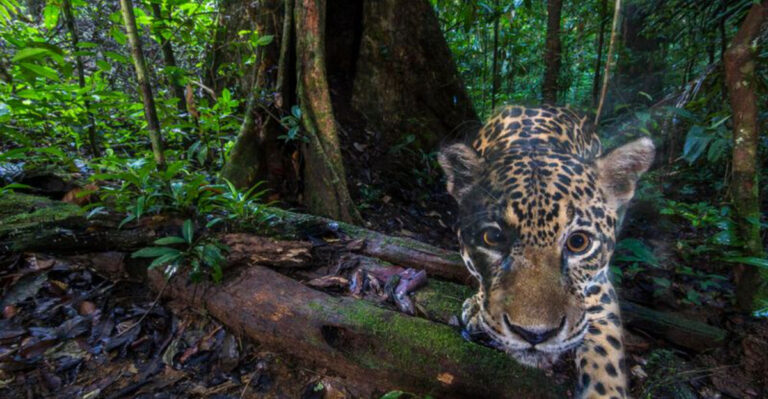Scientists Discover Fossil Of A Little-Known Giant Dinosaur
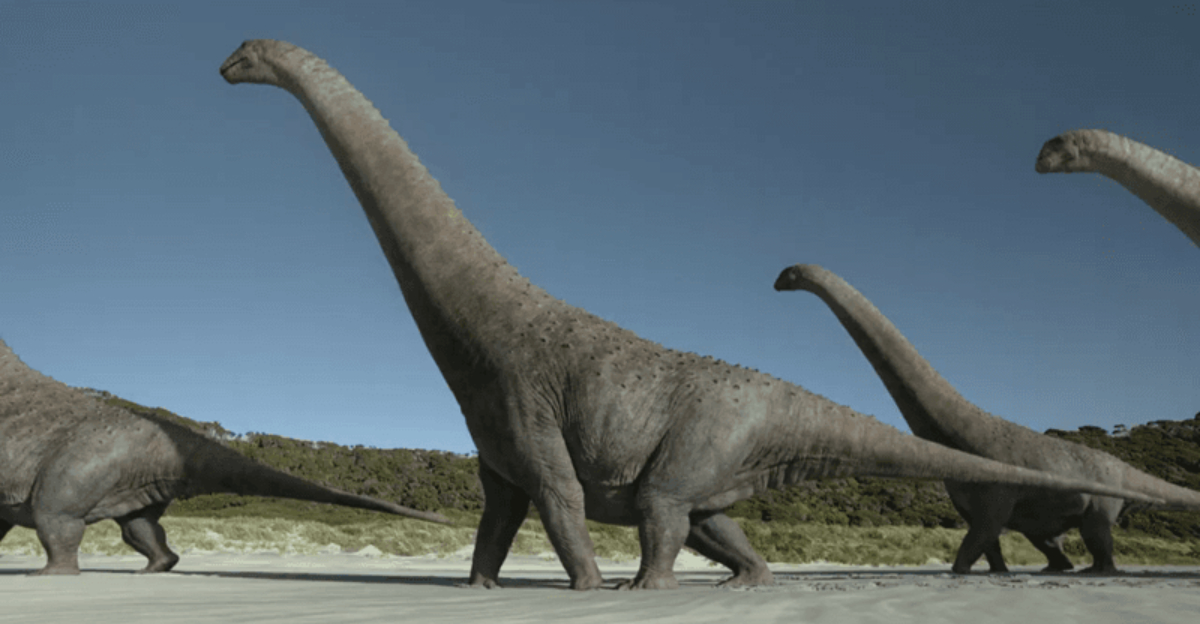
Paleontologists have unearthed an exciting new find at Big Bend National Park in Texas – a well-preserved vertebra from an Alamosaurus, one of North America’s largest dinosaurs.
This titanosaur roamed the southwestern United States during the Late Cretaceous period, yet remains relatively unknown compared to famous dinosaurs like T. rex or Triceratops.
The discovery provides fresh insights into these massive plant-eaters that could reach lengths of over 70 feet and weigh as much as 30 tons.
Unexpected Discovery In Texas Terrain
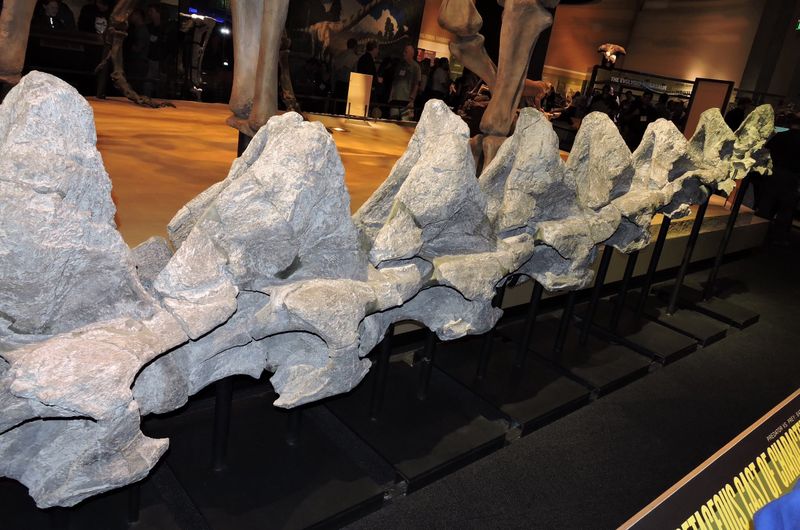
The fossil vertebra emerged during a routine geological survey in a remote section of Big Bend National Park. Researchers initially spotted an unusual shape protruding from an eroded hillside, revealing the distinctive honeycomb-like internal structure characteristic of sauropod bones.
What makes this find particularly valuable is its excellent preservation state. Most Alamosaurus remains are fragmentary, making this nearly complete vertebra scientifically precious. The bone’s location in layers dating to approximately 70 million years ago aligns perfectly with the known timeline of Alamosaurus.
Giant Among Giants
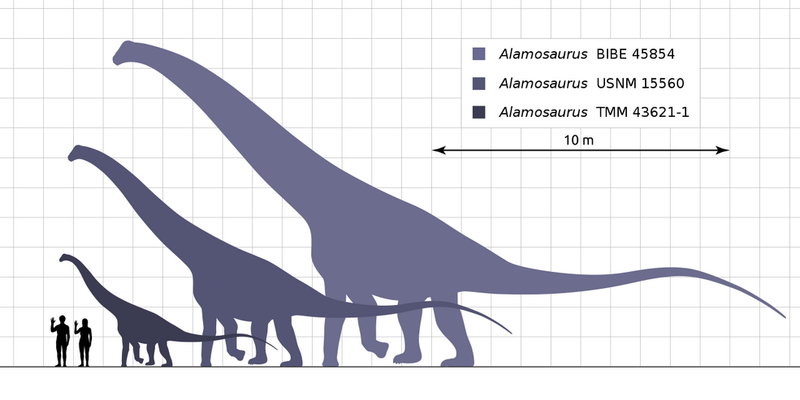
Alamosaurus stands out even among sauropods for its impressive proportions. The newly discovered vertebra measures nearly 15 inches across, suggesting an animal of staggering size. Based on comparative anatomy, scientists estimate this particular specimen belonged to an individual potentially reaching 80-90 feet in length.
The vertebra’s robust neural spine indicates powerful back muscles that supported the dinosaur’s massive neck and tail. Titanosaurs like Alamosaurus represent the largest land animals ever to walk Earth, with weight estimates ranging from 30-40 tons – heavier than several modern elephants combined!
Late Cretaceous Time Capsule
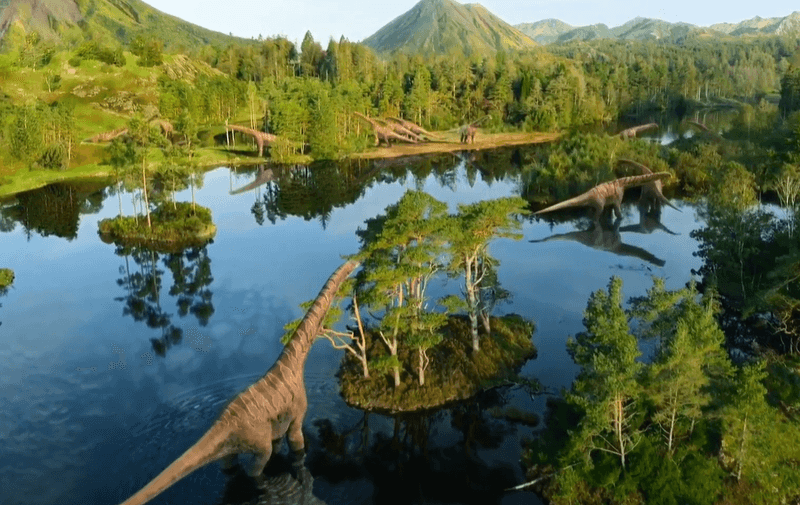
The Alamosaurus roamed North America during the final chapter of dinosaur existence. This vertebra dates to approximately 70 million years ago – just 5 million years before the asteroid impact that triggered mass extinction. The fossil essentially serves as a time capsule from this critical period.
Sediment surrounding the vertebra contained pollen samples and plant fragments that paint a picture of the ancient ecosystem. The area was significantly wetter than modern Texas, featuring broad floodplains and lush vegetation. This environment provided the abundant plant matter needed to sustain such enormous herbivores.
Puzzle Piece Of American Prehistory
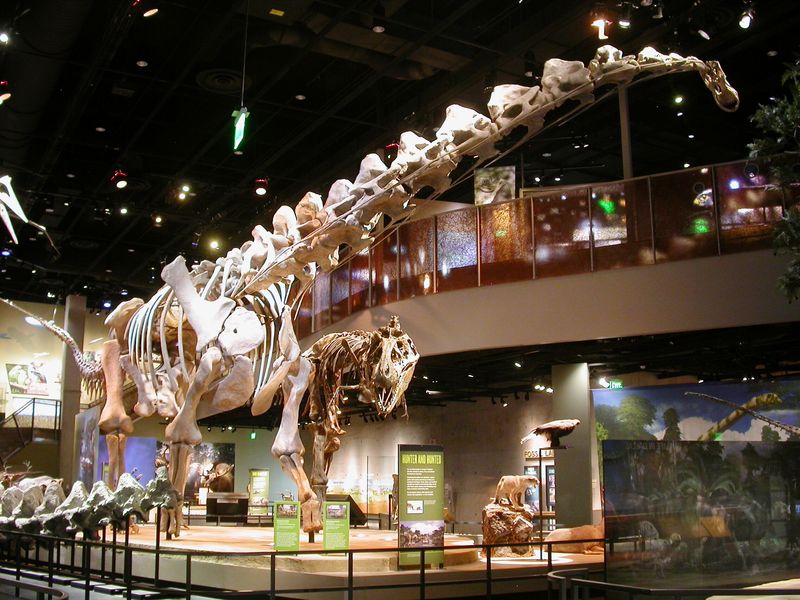
Before recent discoveries like this vertebra, Alamosaurus remained poorly understood. Named after the Ojo Alamo formation in New Mexico where it was first identified in 1922, only fragmentary remains existed in museum collections. Each new specimen helps complete our understanding of this American giant.
The vertebra shows distinctive features that separate Alamosaurus from related South American titanosaurs. Its unique neural arch structure suggests specialized adaptation to the North American environment. Paleontologists are particularly excited about microscopic growth rings visible in the bone that may reveal details about the dinosaur’s growth rate and lifespan.
Advanced Scanning Reveals Hidden Details
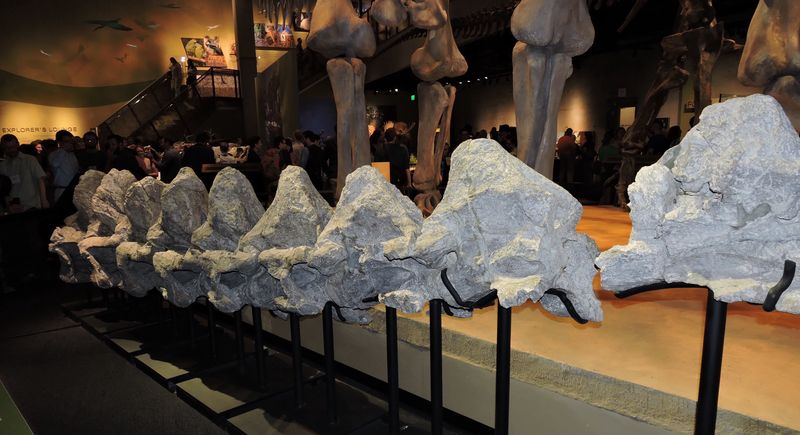
Modern technology brings new dimensions to this ancient discovery. Researchers employed CT scanning to examine the vertebra’s internal structure without damaging the precious specimen. The scans revealed previously unknown details about blood vessel pathways and bone density patterns.
Microscopic analysis identified stress marks indicating how the massive animal supported its weight. The bone’s interior shows a honeycomb-like structure – nature’s engineering solution for creating lightweight yet strong support. These advanced techniques allow scientists to understand not just what Alamosaurus looked like, but how it actually lived and moved through its environment.
Migration Mystery Unfolding
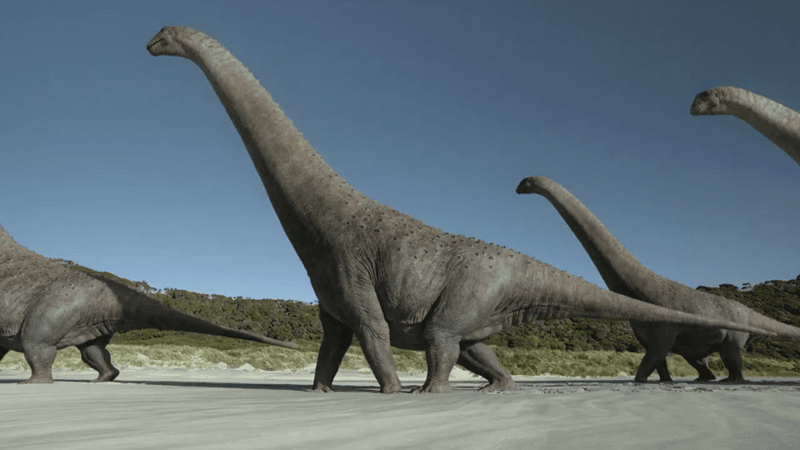
The Big Bend vertebra adds fuel to an ongoing debate about Alamosaurus origins. Some paleontologists believe these giants migrated from South America after an earlier extinction event cleared ecological niches in North America. The vertebra’s distinctive features offer new clues in this scientific mystery.
Chemical isotope analysis of the bone reveals migration patterns during the dinosaur’s lifetime. Preliminary findings suggest seasonal movements following food sources. This supports the theory that Alamosaurus populations traveled extensively across what is now the American Southwest, potentially explaining why their fossils appear scattered across Texas, New Mexico, and Utah.
Extinction’s Final Witnesses
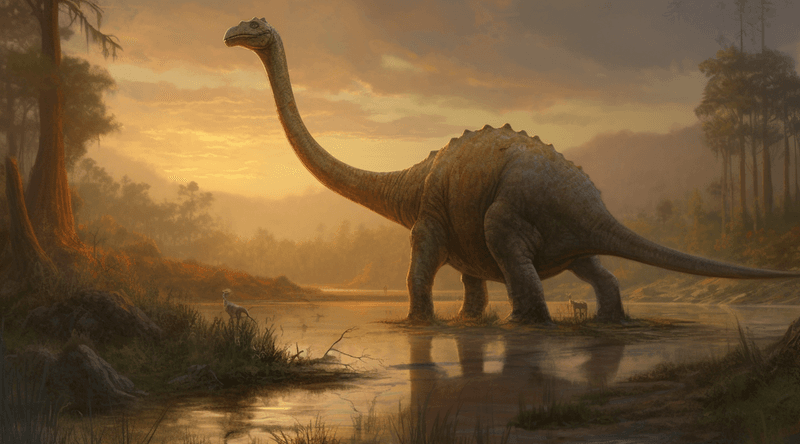
Alamosaurus holds a special place in dinosaur history as one of the last giant sauropods in North America. The newly discovered vertebra comes from layers dating remarkably close to the K-Pg boundary – the geological marker of the mass extinction event.
The bone shows no signs of disease or malnutrition, suggesting Alamosaurus populations were thriving right before the catastrophic asteroid impact. This contradicts earlier theories that dinosaurs were already declining. The vertebra essentially captures a snapshot of a healthy animal from a stable ecosystem that would soon face complete destruction, making it a poignant scientific time capsule.
Big Bend’s Prehistoric Treasures
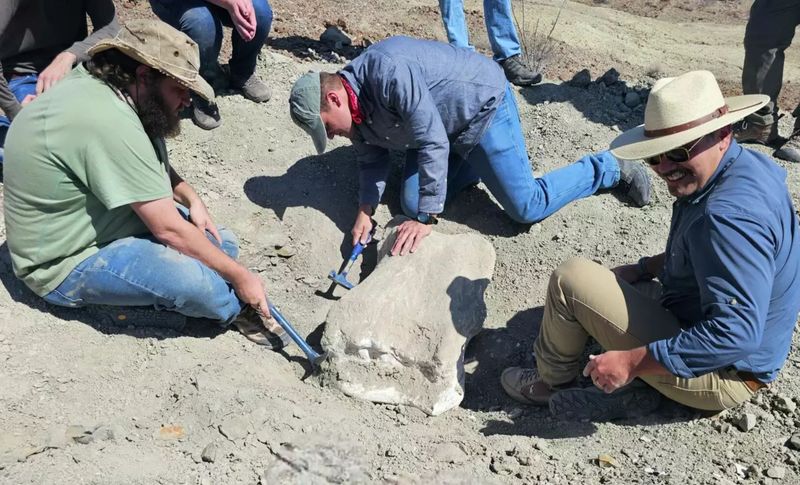
Big Bend National Park has emerged as a dinosaur fossil hotspot. The park’s unique geology preserves layers spanning millions of years, creating a natural library of prehistoric life. Rangers now conduct special paleontology tours highlighting areas where similar discoveries might occur.
The Alamosaurus vertebra represents just one chapter in Big Bend’s fossil story. Previous excavations unearthed remains of tyrannosaurs, hadrosaurs, and various prehistoric plants. The park’s remote location and protected status have preserved these treasures from both erosion and human interference. Researchers believe many more specimens remain hidden within the park’s 800,000+ acres, waiting for future discovery.
Public Education Opportunity
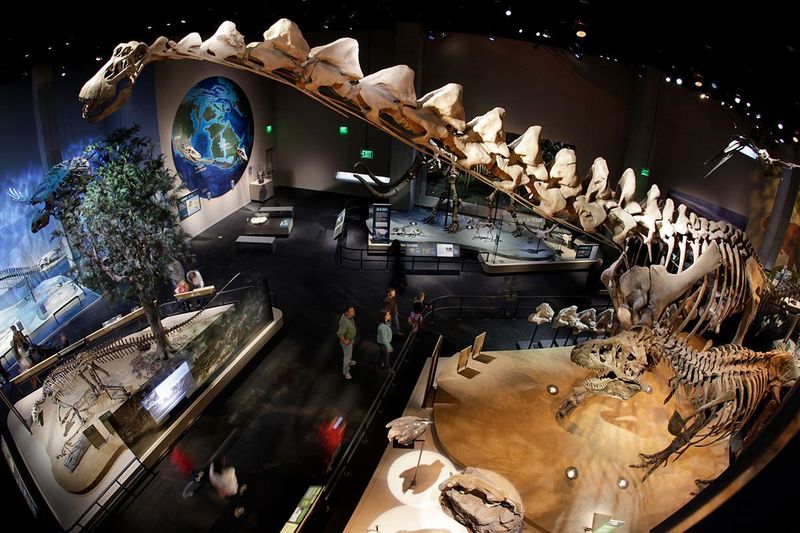
The vertebra discovery has sparked a new educational initiative. Park officials are developing an interactive exhibit where visitors can witness fossil preparation in real-time. The vertebra will eventually become the centerpiece of a new Alamosaurus display at the park’s visitor center.
Digital models created from the specimen will allow schools nationwide to print 3D replicas for classroom use. The park has partnered with educational technology companies to create virtual reality experiences where students can “shrink” to microscopic size and explore the bone’s internal structure. This approach transforms a single fossil into a powerful teaching tool reaching far beyond the park’s boundaries.
Collaborative Scientific Breakthrough
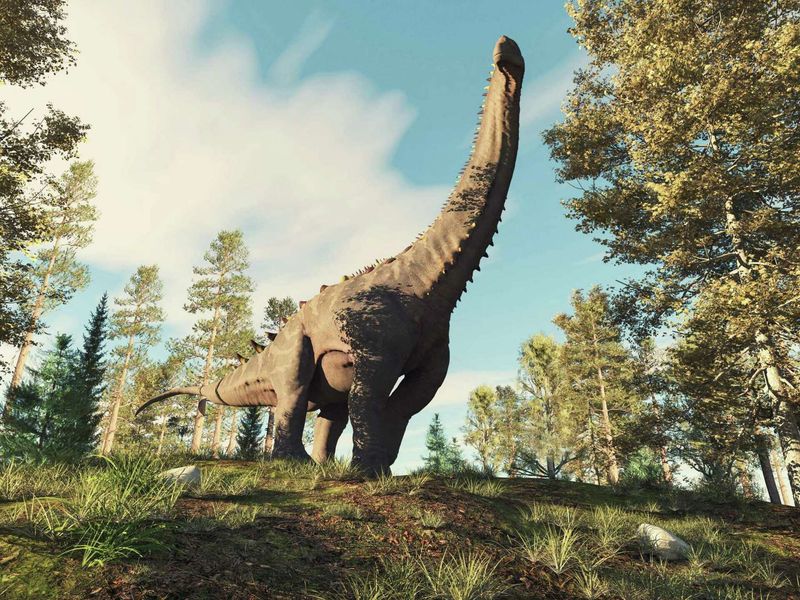
The vertebra research unites experts across scientific disciplines. The discovery team includes paleontologists, geologists, biologists, and even engineers studying the bone’s remarkable structural properties. This collaboration has yielded insights impossible through isolated analysis.
University partnerships have allowed undergraduate students to participate in the research. Several young scientists made key observations that experienced researchers missed. The project demonstrates how modern paleontology thrives on diverse perspectives. The vertebra analysis has already generated three scientific papers with findings relevant not just to dinosaur studies but to fields like biomechanics and evolutionary biology.




